
By Avi Landau
Tsuchiura City holds a February-long Hina Doll event (in imitation of the one in
Makabe, Sakuragawa City), and when planning my visit there last year, I checked and found out that there was a festival at the Washi no Miya Shrine, the oldest in Tsuchiura (dating back to the 12th or perhaps even the 10th century) that was supposed to take place on the 15th day of the new year (according to the lunar calendar). I had not only read about that festival (with the curious name of JAKAMOKOJAN) in various books, but I had heard it described nostalgically by my friend Shinozaki-san, who lived near the shrine as a boy (just after the Second World War). I was told that on the day of the festival, the parishioners gave out (or sold) servings of a unique type of ODEN seasoned with a special miso sauce.
Shinozaki-san told me about all the excitement, the crowds, the music, the sumo wrestling, and all the various vendors that would be there. What really stuck out in his mind though, was his fond recollection of the ODEN called JAKAMOKOJAN ( a name said to derive from the sound of the festival`s music) – consisting of grilled tofu, konnyaku jelly and boiled yams – all covered in that delicious miso sauce. What made eating it even more exciting for him was the fact that everyone said it would keep you from catching a cold for the entire year.
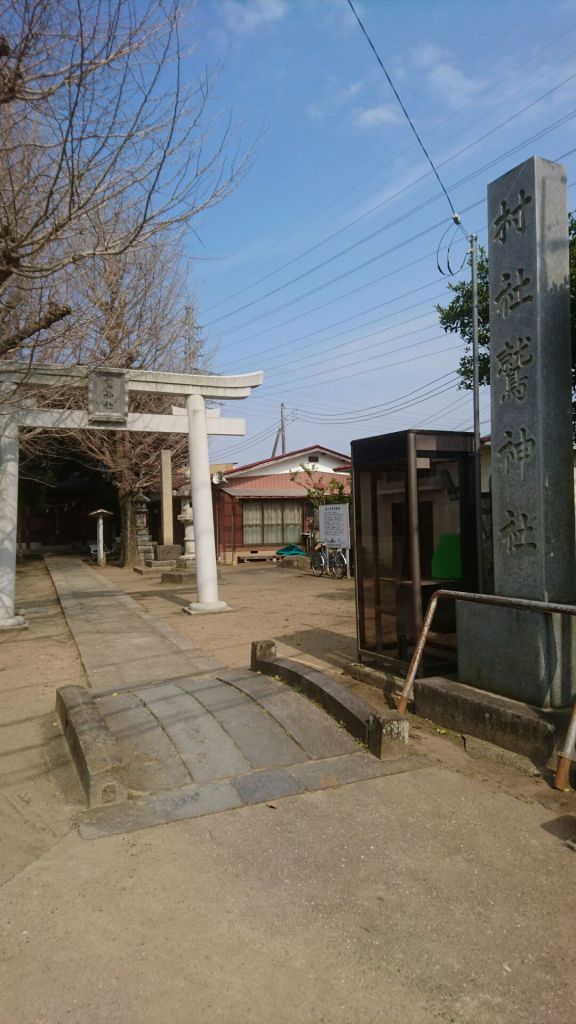
So, as I had already seen plenty of old Hina Doll sets on display in shops and homes in quaint Makabe, rather than looking at still more dolls at the Tsuchiura Hina Matsura event, I was looking forward to the JAKAMOKOJAN Festival at the Washi no Miya Shrine. On the thirty minute bus ride that took me along the Tsuchiura-Gakuen Road and then across the Sakura River into Tsuchiura, I read about the history of the shrine. It had been founded by a fisherman who had come by boat to what was then the mouth of the Sakura River (now To-zaki, Tsuchiura, which is a couple of kilometers from the river). He had come from Dejima (along with six others who founded different villages) to begin a new settlement, and in order to keep the area free of bad energies and evil spirits, he brought over with him (using a special ritual) the deities from his home-village`s Washi Shrine. The people who later came to inhabit that picturesque spot ( near the shores of Lake Kasumigaura, with a fine view of Mt. Tsukuba) combined fishing and farming to make their livings.

When the Tokugawa Family took control of Japan after the Battle of Sekigahara (1600), the neighborhood changed dramatically – the castle that the Tsuchiya family would rule their domain from, was built only a few hundred meters away – and the Mito Kaido Highway, one of the most important arteries of travel during the Edo Period (1603-1868) passed right along the border of the rustic old village. Despite all the development though, the area between the lake and the village remained a peaceful carpet of rice and vegetable fields and reeds.
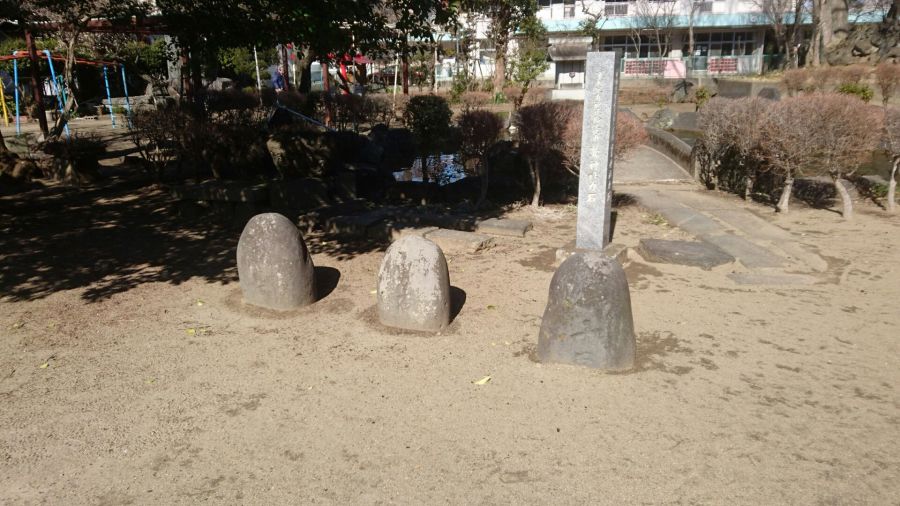



When I got off the bus and started walking north along the tracks for about 500 meters before turning left into To-zaki, I realized how much things had changed. No longer near the Sakura River (which I guess has shifted its course over the centuries) and no longer even near the lake ( which is now cut off by the embankment built to support the Joban Railroad Line- and prevent flooding), the whole area has now been built up into a modern commercial and residential district with the city of Tsuchiura. It was obvious, however, that the good ol` days are long gone…. the thriving shops and bustling residential neighborhoods that I guess had existed for most of the 20th century are now rusting… many shops, commercial buildings and homes seemed empty, some even boarded up.


The neighborhood was depressing enough – but what really brought me down was what I found out when I reached the shrine – no vendors, no excited crowds… the JAKAMOKOJAN event had been cancelled – PERMANENTLY! Apparently all that goes on now for what is now called the “Spring Festival” is a private party for (the mostly elderly) parishioners who gather inside the old meeting hall beside the shrine.

When I asked what had happened I was told what I had already realized on my walk over- the parishioners (UJIKO) had grown too few and too old to carry on the JAKAMOKOJAN tradition any longer. In fact, the festival had been running on fumes since the war (during which it had also been temporarily cancelled). During the 1950s it had been kept on life-support by the War Widows` Association and later the cause of keeping it going had been taken up by the Junior Chamber of Commerce. Now there`s no one left to keep it alive.
Everyone I spoke to agreed that it was a shame, but without any support from the city government or some other organization, there is just nothing that can be done.

Despite the great disappointment, I found plenty to interest me on the shrine grounds. Something that really caught my eye was the curious artifact standing in front of the main hall – an old anchor embedded in a base of concrete.
I asked one of the old parishioners who had come out of the party about it, and learned that at some point during the Taisho Period (1912-1925) it had been brought to the shrine as an offering of thanks by some fishermen from Choshi, Chiba Prefecture. Apparently, they had gone out to sea in their boat and had gotten caught in some rough seas (Choshi sits at the point where the Tone River flows into the Pacific and sometime the currents washes ships far off shore). They had given up all hope, it seems, until an eagle suddenly appeared overhead and guided them (or so the fishermen believed) safely back to shore. The men were positive that the eagle was none other than the servant of the deity of the Washi no Miya Jinja Shrine in To-zaki.
Eight Choshi fishermen came to formerly present the anchor as a token of thanks to the deity of the shrine. They wore festive vests that revealed their tattoo-covered arms.
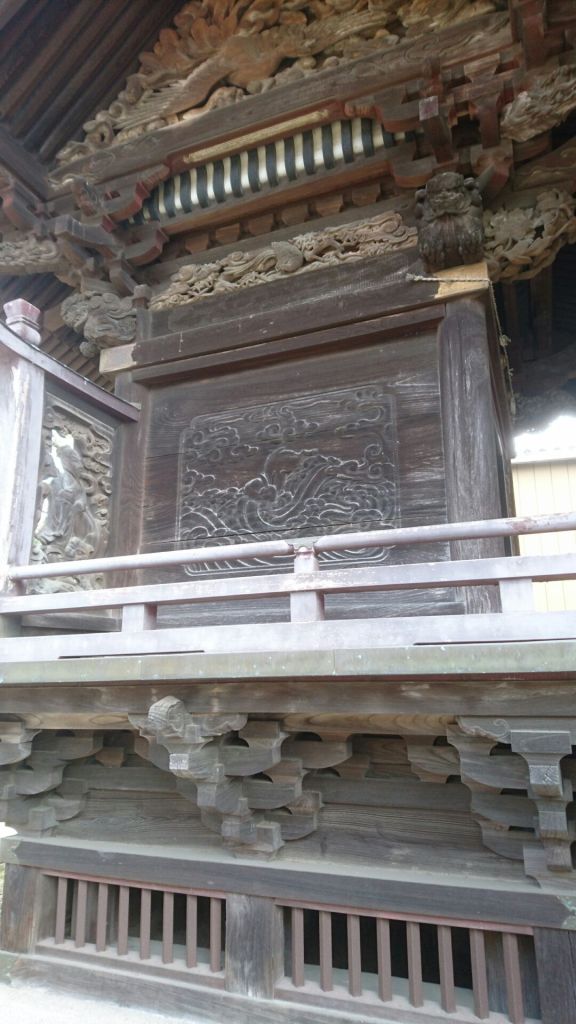
When I walked around the main hall and saw all the elaborate carvings on it, I realized that up until the Meiji Period (beginning in 1868) this sight had been both a temple and a shrine. The work on it was probably done by the artisans who’d been doing repair work at the Tokugawa mausoleum complex in Nikko (See Junichi Saga’s book KANGITEN, for more on this)
And there was an old stone slab behind the hall dated 1564. It had the Hokkekyo Sutra inscribed on it and records the fact that warriors from the Oda Castle fled to that spot after they had come under attack by the forces of the Uesugi Clan. Other stones on the grounds date from 1571 – when the forces of the Satake Clan occupied Oda Castle.

To the left of the prayer hall are three stones sticking up out of the ground. Power-stones (CHIKARA ISHI) which were used in tests of strength on festival days – though I also believe that these stones (inscribed with the characters meaning MAN-STONES must also represent the male force … while the pond behind them represents the female (the importance of achieving balance between the male and female forces is a fundamental concept in Esoteric Buddhism.
The pond (the natural phenomenon which most probably prompted the founders to erect the shrine on that particular spot) is now apparently only a shadow of what it once was – and in the middle of it, there is a small shrine for the goddess Benten ( I told you the pond represented the female!). Standing there a local woman to me how a beautiful young woman, the daughter of one of the local priests, drowned herself in that pond after her father had passed away (shortly after he had driven away her husband whom he could no longer tolerate.


Behind the pond I found a poetry stone – dated 1901, that helped me conjure up in my mind’s eye how much larger the pond once was, with expanses of rice field and the lake beyond it. The poem chiseled onto it is by Matsuo Basho, and reads:
KONO ATARI ME NI MIYURU MONO MINNA SUZUSHI
Which I translate as:
Everything around here
All that meets the eye
Is deliciously cool! (1688)
(Translation by Avi Landau)
When I snapped out of my reverie, though, and looked around, this poem-stone seemed sadly out of place…


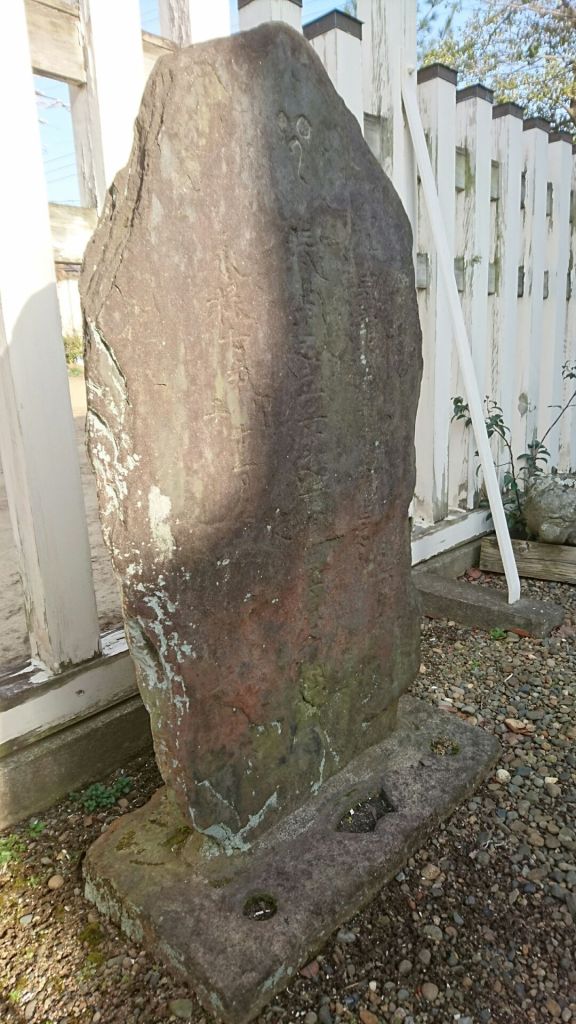
To be continued….






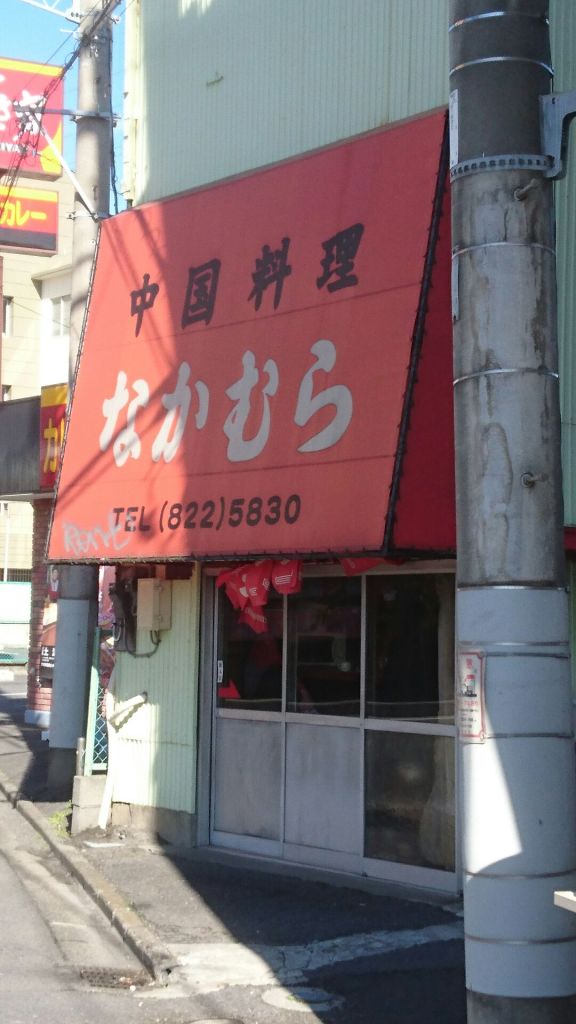
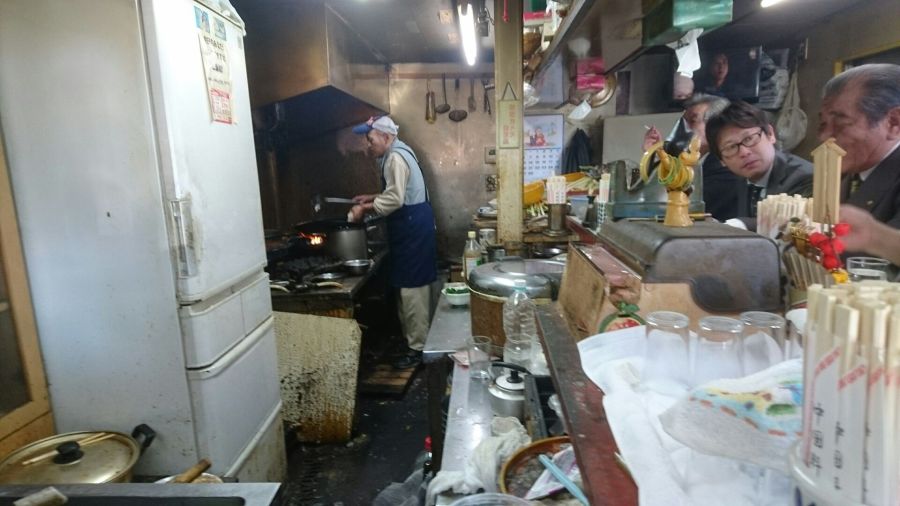
* The Jakamokojan Festival was traditionally held on the 15th, 16th, and 17th days of the new year. In the early Showa Period (some time in the 1920`s), though, they limited the festival to a single day – February 13th.
During the Edo Period there was always a big regional market held after the festival with vendor from all over the region plying their wares.